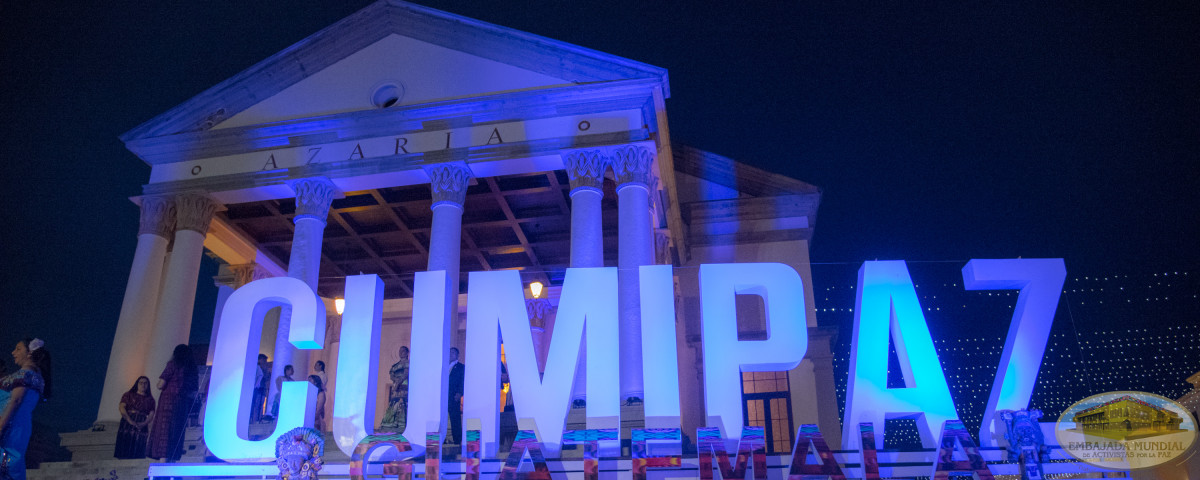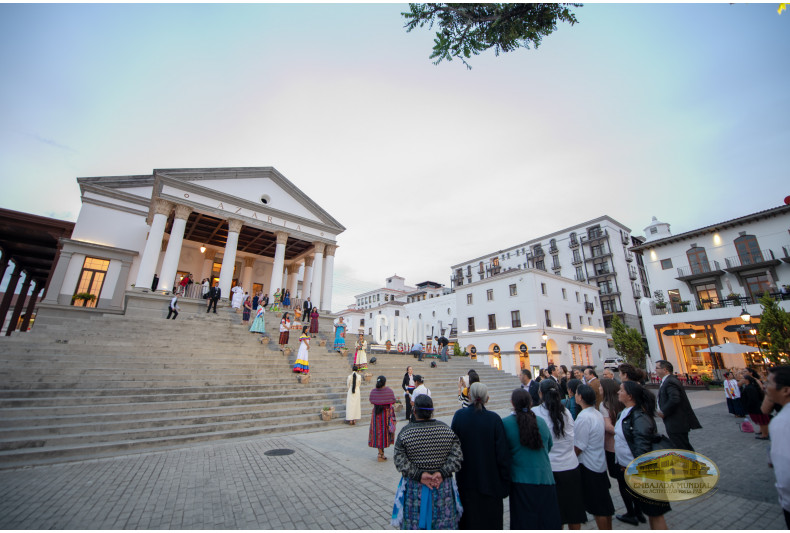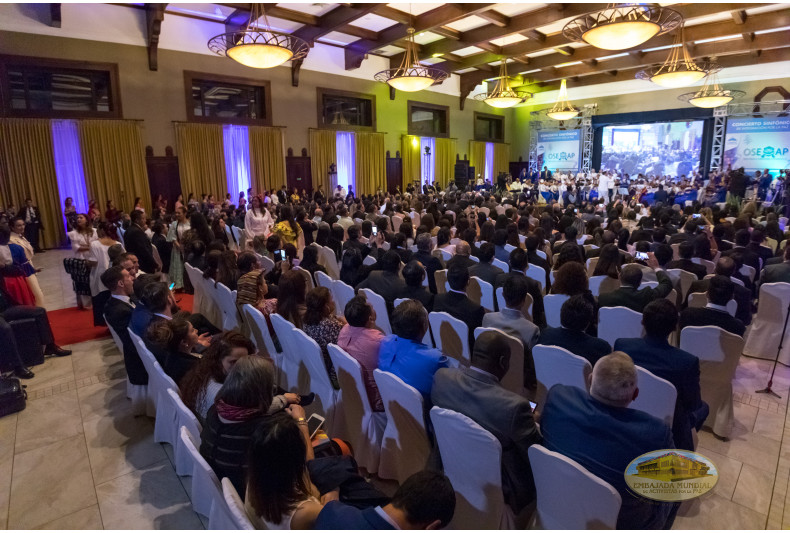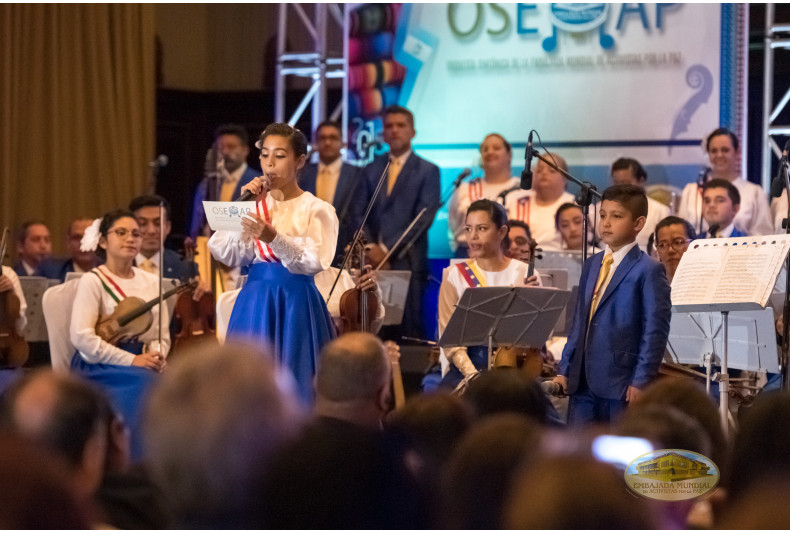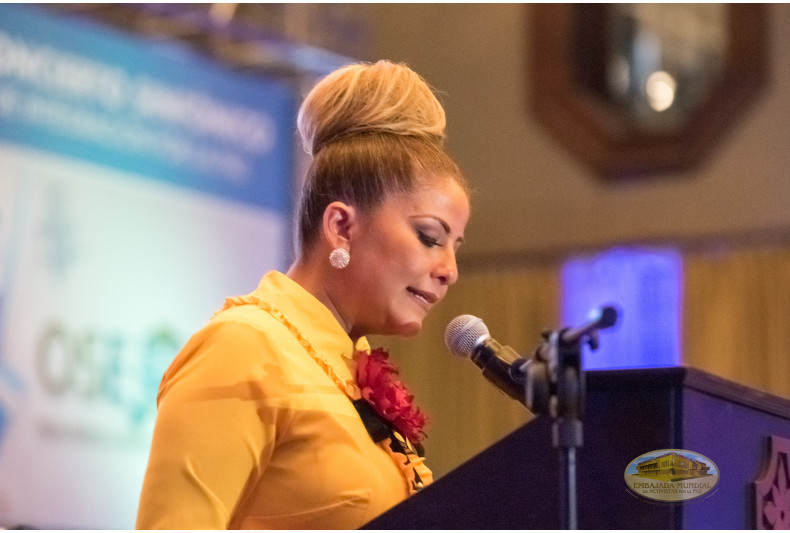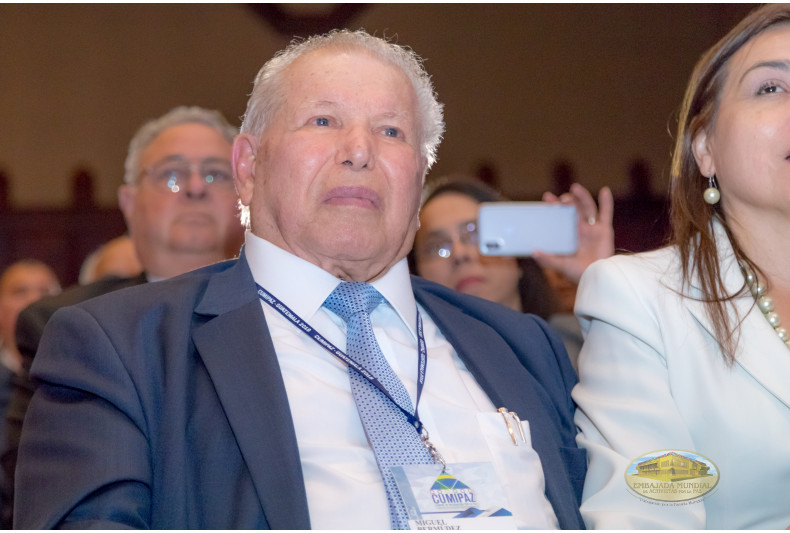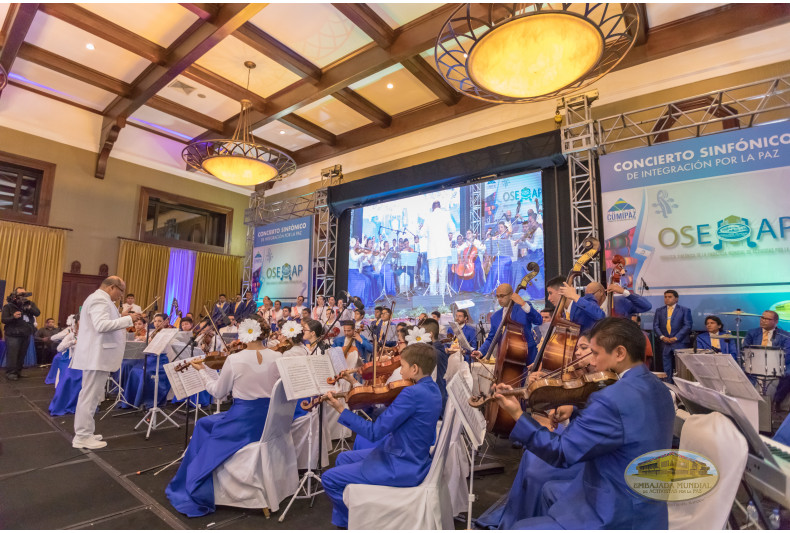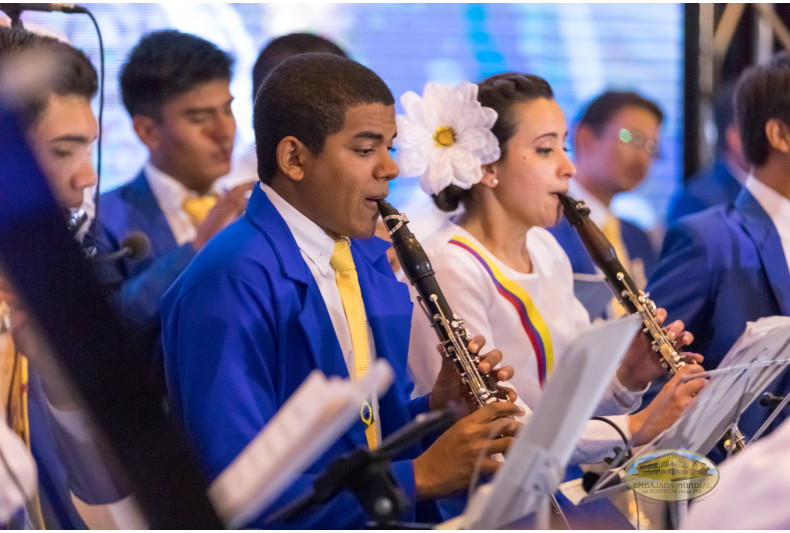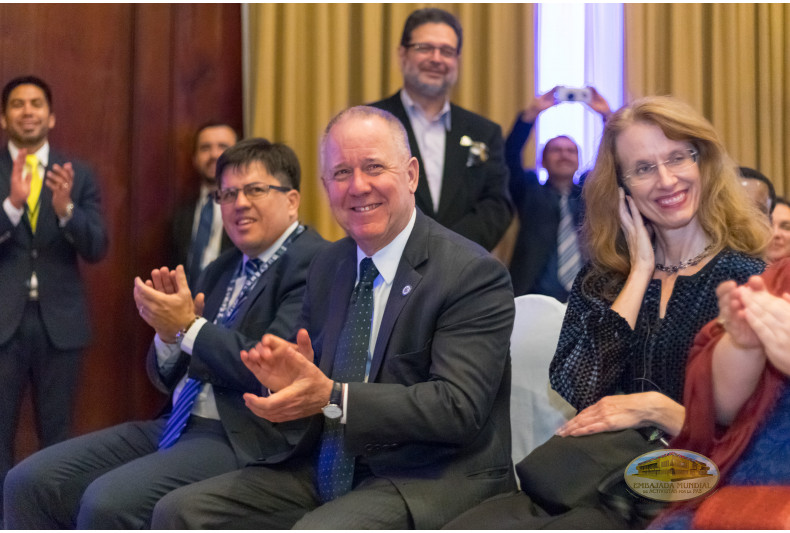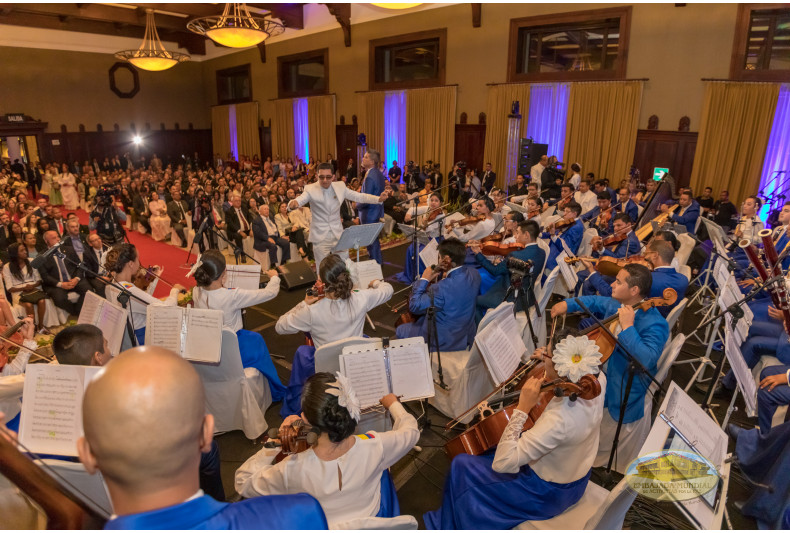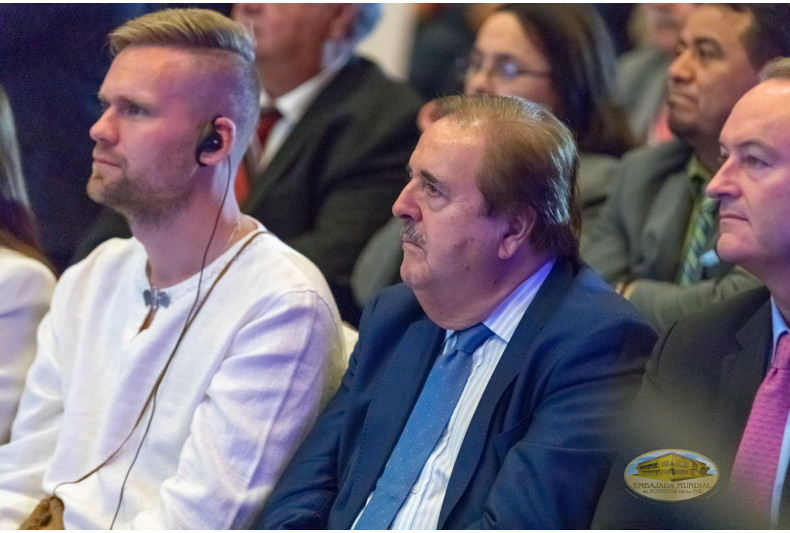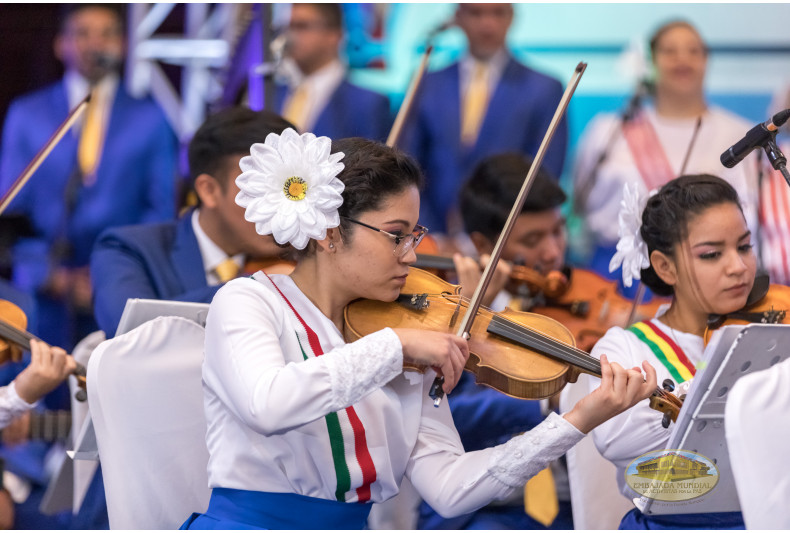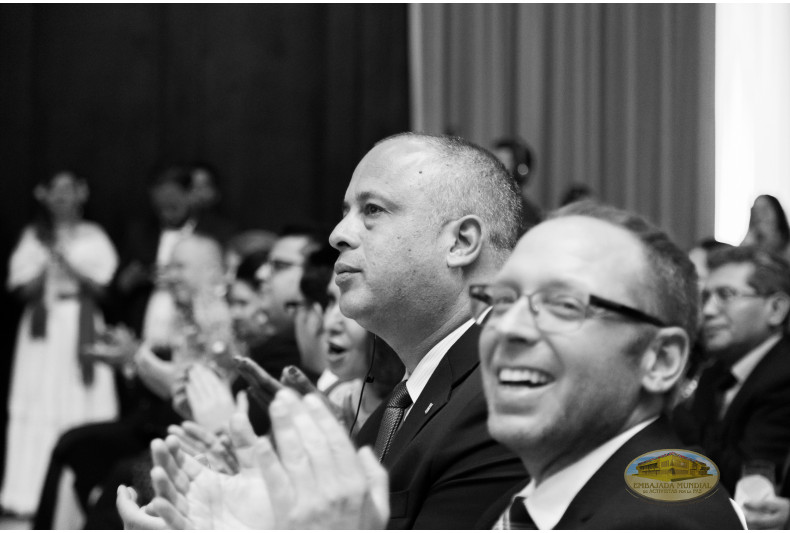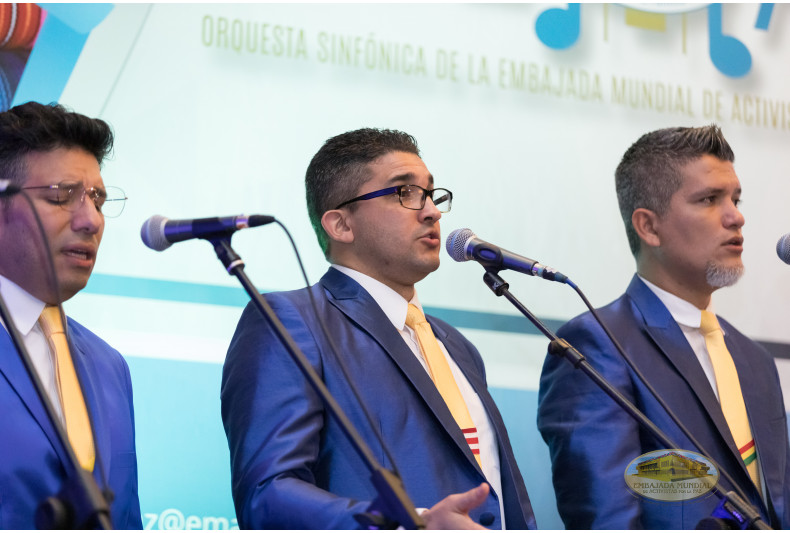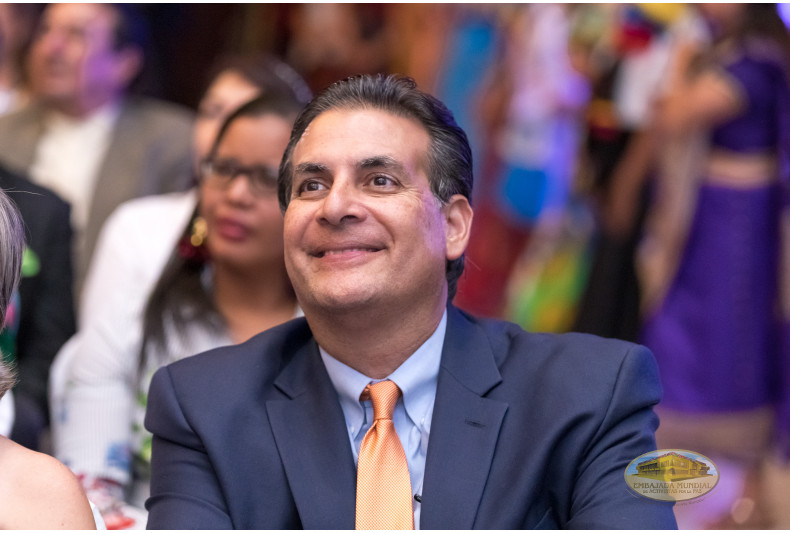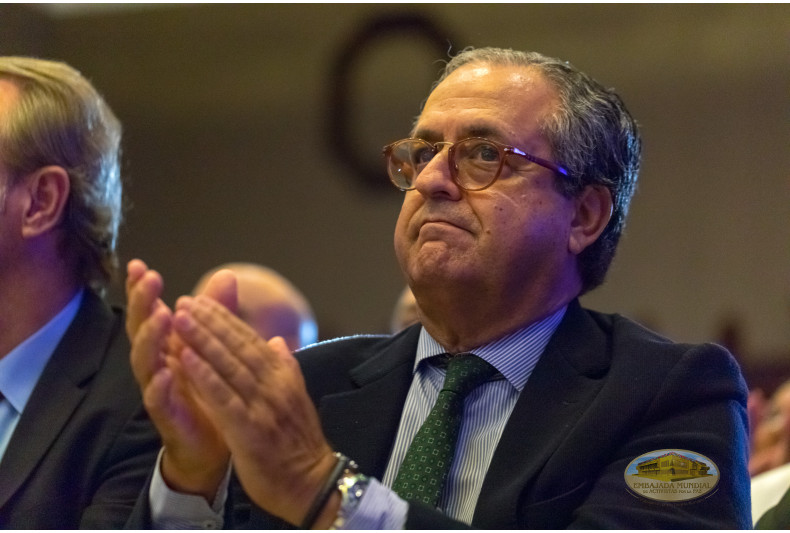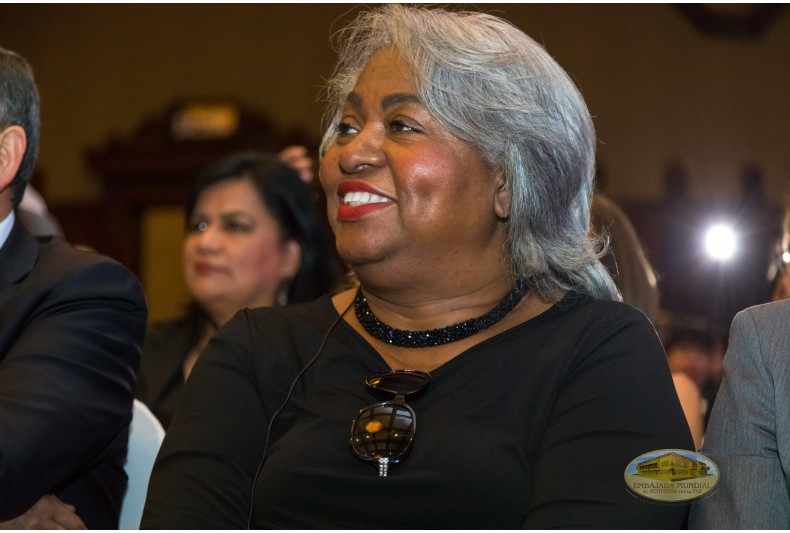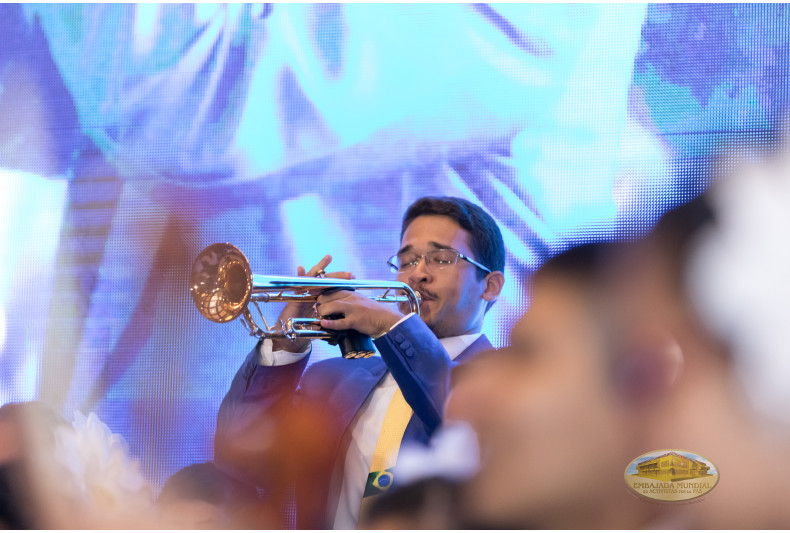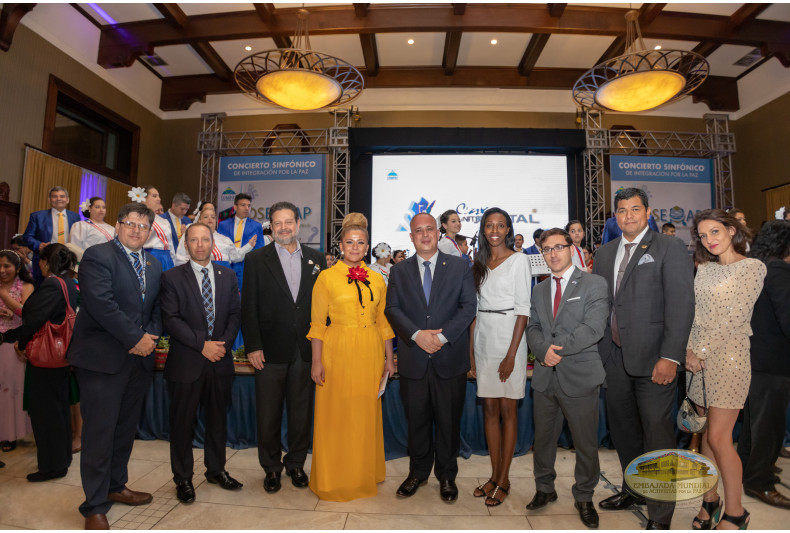Power that moves the world: Music impacts hearts in CUMIPAZ 2018
See GalleryThe OSEMAP interpreted highly recognized musical pieces in the frequency of peace before leaders and authorities of different countries.
The Peace Integration Symphonic Concert was held in Guatemala as part of the events of the 4th Peace Integration Summit, CUMIPAZ 2018. This international musical event promotes values, unity and harmony among people, and in turn, exposes on the impact and transcendence that music has on the life of the human being.
The Global Embassy of Activists for Peace (GEAP) organizes the concert to promote the program “The power of music for the peace and happiness of the integral human being”, as an instrument to contribute to the well-being of people, currently developed in more than 15 countries.
The general director of the GEAP, Gabriela Lara, highlighted:
"Music has the ability to transcend cultures, break down language barriers, shorten generational and social differences."
She explained that the institution considers music as a power that integrally impacts the human being in their heart, mind and body, according to the thinking of William Soto, executive president of GEAP, and author of the musical program:
"The secret of the impact of music is that this science and art can go directly to the heart or soul of the person, and sow positive or negative values; the process of reflection and analysis can be skipped, that is, music is not reasoned, which makes it a power that more quickly and effectively, more than any other power, reaches the heart, sows the seed in the soul and the message that it transmits will be reflected through actions. The power of music must be used in a responsible and safe way; it is an art for the peace and happiness of the integral human being".
The OSEMAP reaches the hearts of the leaders and authorities present at CUMIPAZ
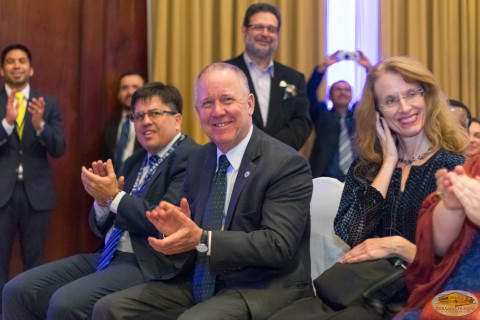
The Great Azaria Hall in Cayalá was the scene that brought together leaders, political, judicial and academic authorities, businessmen, peace activists and other participants of CUMIPAZ 2018.
The concert presented a tour of the different functions of music, and the performance of recognized musical pieces that have impacted the history of humanity, performed by the Symphony Orchestra of the Global Embassy of Activists for Peace (OSEMAP).
The musical group is composed of 60 performers and musicians of different ages, from different countries of Latin America, and it is characterized by interpreting their pieces in the frequency of peace: 432 Hertz.
The OSEMAP is a fruit of the musical program, and to date more than 10 orchestras of these characteristics have been established in different nations, which in addition to training young children and adults in the musical area, continuously carries out activities in hospitals, in children and nursing homes, bringing joy, hope and peace through music.
Music for peace, health, joy and social cohesion
Through the musical interpretations and with special messages prepared, those present were shown the way in which music affects the cognitive processes, the mood and the emotions of the people, while at the same time it can awaken the spirituality and the approach to God.
One segment focused on how music contributes positively in neurological processes, improving attention, concentration and memory, pointing out that this acts in more parts of the brain than any other human stimulus; He also showed how it influences the general physical and psychological well-being of people, highlighting that music is found in nature and in the human being from its conception.
Another segment exposed the key role of music for social cohesion, highlighting its effectiveness in uniting people or groups, and the ability to generate large movements that have been recorded throughout the history of humanity, related to the awareness of group identity, solidarity, social contribution and establishment of social ties.
It was also the subject of the presentation of the lyrics of the songs, pointing out that these are recorded unconsciously in the person's brain and go directly to the heart, influencing different fields of his life. And hence, the importance of choosing responsibly the songs that people listen to, especially children and young people, because the choice of these influences’ behavior and beliefs.
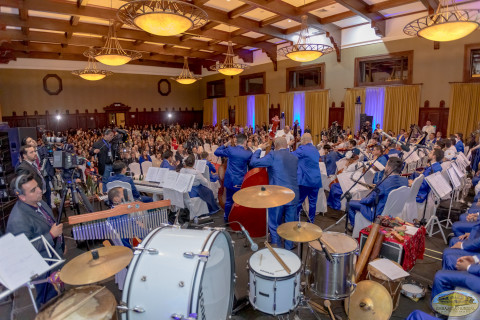 These pieces were accompanied by songs with different qualities, messages, styles and rhythms from different countries that marked different periods.
These pieces were accompanied by songs with different qualities, messages, styles and rhythms from different countries that marked different periods.
Repertoire
-
A Little Night Music (1st movement Allegro), Mozart. The compositions of Wolfgang Mozart have been highlighted because, according to studies, their music can act as a healing agent or enhance positive qualities of people.
- Color Esperanza . Song that evokes the reflection and hope theme composed by the Argentinian Coti Sorokin and popularized by the singer-songwriter of same nationality Diego Torres.
- Cantaré, Cantarás (I will sing, you will sing). Theme composed 30 years ago by a group of 50 exponents of music in Latin America, joined to raise financial support for the campaigns of the United Nations Children's Fund UNICEF.
- We are the world (Somos el Mundo). Song created in 1985 by a group of famous musicians to promote a humanitarian solidarity campaign to try to end the famine in Ethiopia, and in 2010 used to help the victims of the earthquake in the capital of Haiti.
- Somewhere over the rainbow. Theme recorded in numerous versions, has been considered one of the most outstanding of the twentieth century.
- Remember me. Written by Robert López and Kristen Anderson-López. The song has been adopted by many families as a way to help children to endure the loss of a loved one.
- Firework Theme composed by the American singer Katy Perry, a song that promotes self-acceptance, freedom and empowerment.
- Eres Tú. Ballad of love, icon of Spanish music.
- Sueña. Song with a positive message of love and peace.
- Nearer my God to Thee. A nineteenth-century Christian hymn written by Sarah Flower Adams, based on the passage in Genesis 28: 11-19. The hymn is recognized, among other reasons, for being the supposed last interpretation of the orchestra of the Titanic before the sinking of the RMS Titanic.
- Let the children sing (Que canten los niños). Theme of the Spanish singer-songwriter José Luis Perales, dedicated to children, especially a call to peace and happiness of them.
- Ode to Joy (9th Symphony of Beethoven).
